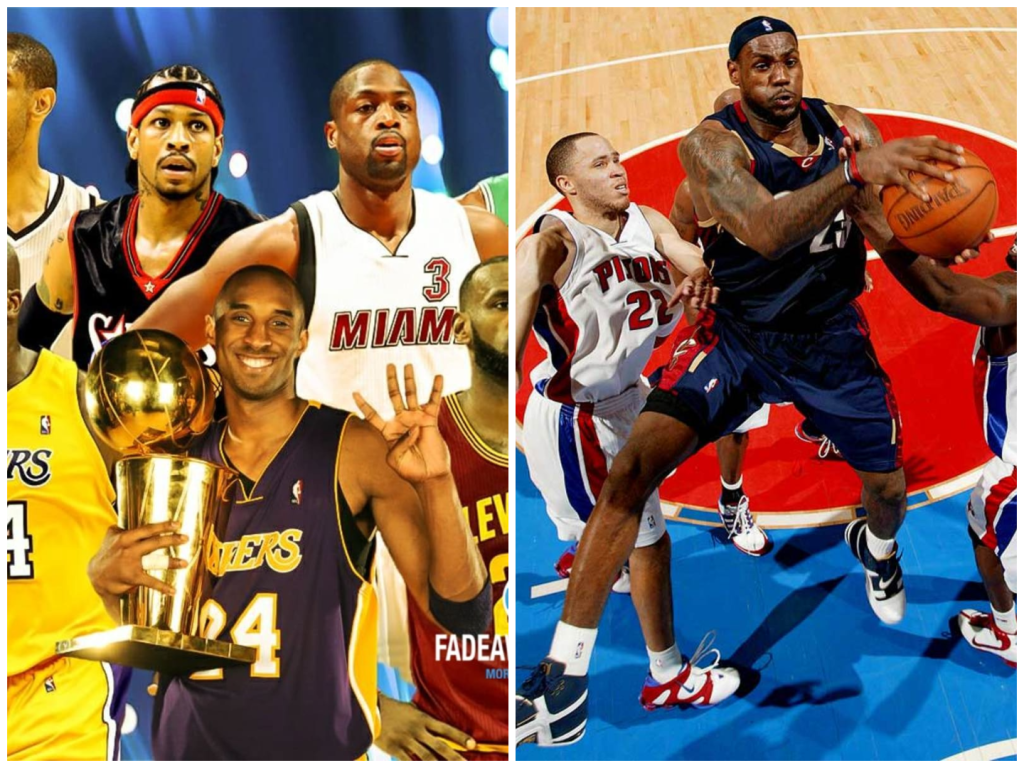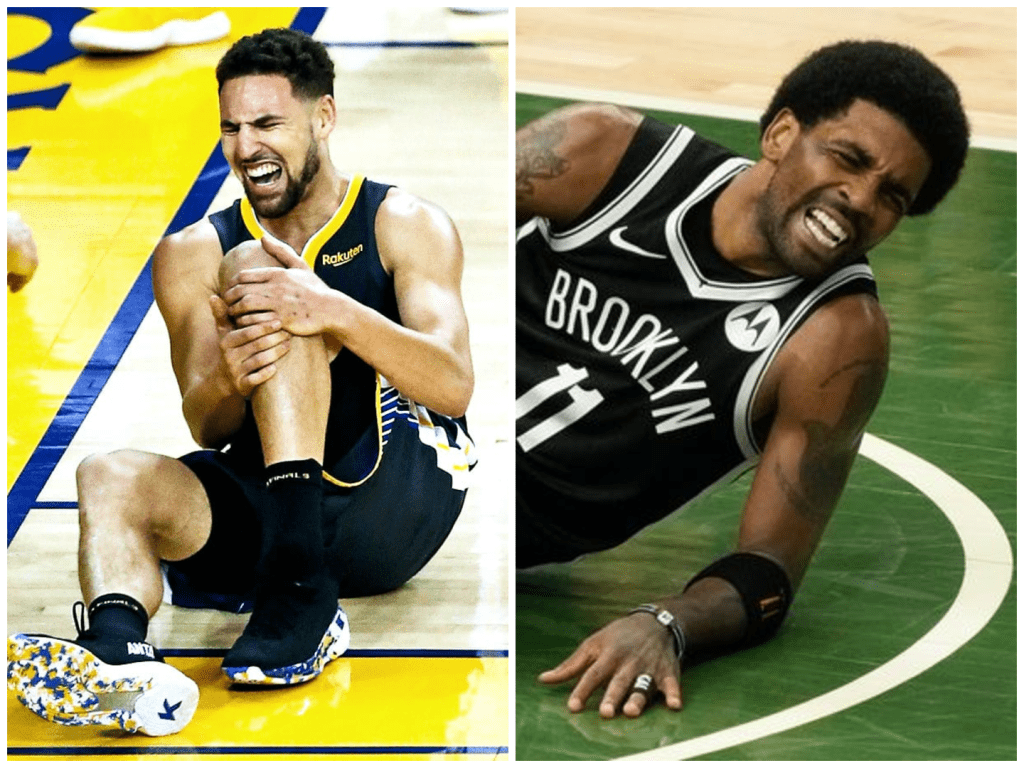
NBA Stars Are Breaking Down — Marty Jaramillo Says Teams Are Running 200 Extra Miles a Season, and It’s Catching Up Fast
If you’ve watched an NBA season in the last few years, you’ve probably noticed it. More players on the injury report. More stars missing big games. More “day-to-day” statuses that seem to last for weeks. And maybe, like most fans, you’ve asked yourself: Why does this keep happening? Why are so many of the league’s biggest names suddenly struggling to stay healthy?
Now, a performance coach named Marty Jaramillo may have given us one of the most overlooked but powerful answers — and it’s not just about bad luck or weak training. It’s about something much simpler: distance. In a video recently posted by CBS Sports, Jaramillo revealed that the average NBA team now runs an extra 200 miles per season compared to 2012. Let that sink in for a second. Two hundred miles. On hardwood. At elite speed. Year after year.
It’s the kind of number that makes you pause. Because if you ran an extra 200 miles this year — at full sprint, stopping and cutting and jumping — your body would definitely feel it. So when Jaramillo calmly dropped that stat, it lit a spark. Not just because it was shocking, but because it finally explained what so many fans, analysts, and even players have been trying to put into words: something is different in today’s NBA, and it’s wearing players down in ways we haven’t fully understood — until now.
Let’s step back and look at what’s changed. The NBA today isn’t the same league it was a decade ago. It’s faster. It’s wider. It’s more spaced out. Back in the early 2000s, you could camp the paint, walk the ball up, and settle into a halfcourt offense. Now? Now it’s transition, corner threes, pick-and-roll at warp speed. Guards are flying around screens. Big men are switching onto guards 30 feet from the basket. Everyone is moving all the time.

This evolution in playing style has made the game more exciting to watch — but it’s also quietly increasing the physical toll on players’ bodies. Jaramillo’s point isn’t that players are weaker now. In fact, they’re more athletic, more conditioned, and more skilled than ever before. But all of that comes with a cost, especially when the miles add up. That extra 200 miles per season isn’t just random jogging — it’s high-intensity running, stopping, starting, and changing direction at full speed. That’s where the injuries start to creep in.
He pointed out that this isn’t just speculation — it’s backed by data, observation, and common sense. The movement patterns in the modern NBA are drastically different from even 10 years ago. More cutting, more sprinting, more defensive closeouts. Every possession is a sprint-and-react dance, repeated hundreds of times per game, 82 games per season, plus playoffs. And let’s not forget the travel, back-to-backs, and compressed schedules that became the norm during pandemic-era seasons and still linger today.
But what Jaramillo really emphasized — and what makes his take feel different from the usual injury debate — is the idea that this increased mileage is cumulative. These aren’t isolated moments. This is wear-and-tear over time. You might not feel it after one season. Maybe not even after two. But year after year, the strain builds. Muscles tighten. Tendons don’t bounce back the same. Recovery windows shrink. And then, all of a sudden, you’ve got another superstar on the sideline with a “non-contact injury.”

We’ve seen it too many times now to ignore. Kevin Durant’s Achilles. Klay Thompson’s ACL and then Achilles. Kawhi Leonard’s knees. Ja Morant’s hamstrings. Zion Williamson’s repeated soft-tissue setbacks. The list goes on and on. And while each case is unique, Jaramillo’s perspective forces us to ask: how many of these could be related, not to one bad step, but to thousands of intense steps over too long a timeline?
That’s the part that hits hardest — because it means the injuries aren’t just random. They’re the natural result of a league that hasn’t adapted its structure to fit the demands of its evolution. The game has changed. But the season? Still 82 games. Still jammed into six months. Still filled with travel, national TV schedules, and playoff pressure. The bodies are asked to do more. But the system doesn’t give them more time to rest or recover.
And that leads to the bigger conversation. If this trend is real — if teams really are covering hundreds of extra miles each year — what should the league do about it? Fewer games? More rest days? Shorter travel windows? That’s where it gets complicated. Because revenue, tradition, and fan expectations are tied to the current setup. The NBA isn’t just a sport — it’s a billion-dollar business. Cutting games means cutting revenue. Giving more off days means fewer national broadcasts. Everything has a price tag.
But what’s the cost of doing nothing? What’s the value of protecting the very players who drive the league’s success? If more stars keep going down in March, April, and May — just as the games matter most — isn’t that a bigger loss in the long run? These are the questions Jaramillo’s comment opens up. And they’re uncomfortable. But they’re necessary.
One of the most striking parts of his message was how calmly he delivered it. No panic. No finger-pointing. Just a simple statement of fact: the mileage has gone up, and the injuries are following. It’s not an indictment of trainers, teams, or players. It’s a reality check for the whole ecosystem. Because even the most finely tuned athletes can’t outrun math. An extra 200 miles is an extra 200 miles — no matter how strong your quads are.
And if you’re a fan, it gives you a new lens to watch the game through. That tired fourth-quarter performance? Maybe it’s not about heart. Maybe it’s just fatigue. That back-to-back rest night? Maybe it’s not “softness.” Maybe it’s strategy. Once you start seeing the game through the wear-and-tear lens, everything looks different. And that’s the kind of shift that could lead to real change — not just in how we talk about injuries, but in how we treat them.
Jaramillo’s insight doesn’t offer an easy fix. But it does offer a starting point — a reason to reevaluate how we train, recover, and pace our expectations. Maybe it’s time for smarter rotations. More off days. Smarter scheduling. Not to “baby” the players, but to protect their longevity. To make sure the best are available when the spotlight’s brightest.
Because fans don’t just want highlight reels. They want stars to shine in June. They want Finals matchups at full strength. They want legacy games played by healthy legends, not decimated rosters. And that starts with understanding where the stress is coming from — and doing something about it.
So the next time a player pulls up limping, or sits out a back-to-back, maybe remember what Marty Jaramillo said. Remember the 200 miles. Remember that behind every stat sheet is a body trying to hold itself together. And remember that sometimes, the key to saving the game isn’t adding more — it’s protecting what we already have.